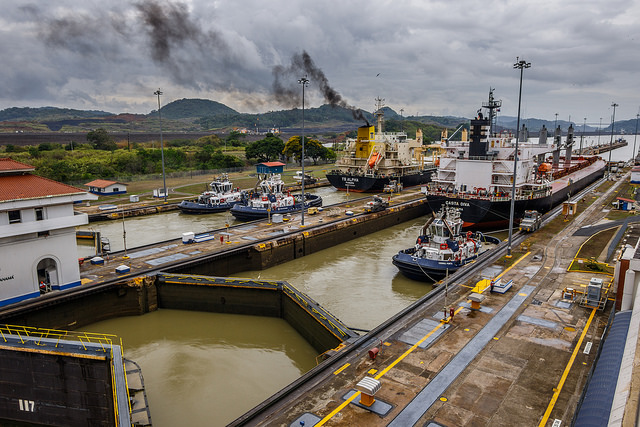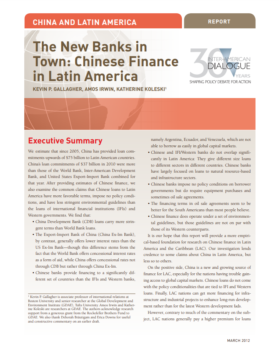The Politics Of Disaster Relief
After a 7.0 magnitude earthquake struck Haiti, the aftershock reached China in ways that few anticipated.The earthquake forced Chinese leaders to navigate the tricky politics of disaster relief.
After several months of anticipation, the blueprints for China’s Belt and Road Initiative (BRI) finally include Latin America and the Caribbean (LAC). As speculation gives way to reality, it’s a good time to assess what we know about the BRI’s arrival and what it can offer Latin America.
Enter Latin America
Over the last couple of months, Chinese leaders have endeavoured to modify the Belt and Road discourse to include LAC, with noticeable success. Diplomats now consistently refer to the region as a “natural extension” of the Maritime Silk Road and an “indispensable participant” in the BRI’s construction. This language was first used by President Xi Jinping during his meeting with Argentina’s President Mauricio Macri on the sidelines of the 2017 Belt and Road Forum. It was also included in the Special Declaration on the Belt and Road. The Declaration, signed during the Second China-CELAC Ministerial Forum in January 2018, presents the BRI as “a new platform for mutually beneficial cooperation” between China and Latin America, and affirms that the former “invites Latin American and Caribbean countries to join.”
In addition to providing this open invitation to the region as a whole, China has also started formally incorporating individual LAC countries into the BRI through bilateral “Belt and Road Cooperation Agreements.” As of June 2018, four of the roughly 70 countries that have signed these agreements are located in the LAC region.
The first Latin American country to sign one was Panama, which established ties with China just last year. This was followed by Antigua and Barbuda, Trinidad and Tobago, and, most recently, Bolivia. Although the content of these agreements – much like the proverbial “roads” that would connect LAC to the rest of the BRI – remains unclear, their proliferation among Latin American countries confirms China’s desire to gradually incorporate the region into its colossal enterprise.
A Belt and Road by any other name
Ironically, the importance of “who is in” and “who is out” of the BRI may be overstated because China’s activities in Latin America have been Belt and Road-esque in substance, if not in style, for a while now.
The main thrust of the initiative – infrastructure financing and development – has been a fixture of China’s approach to Latin America for over a decade. Since 2005, China has extended roughly US$150 billion in state-to-state financing to LAC, around US$27 billion of which has gone toward infrastructure projects, including a road in Costa Rica, railways in Argentina, and a port in Trinidad and Tobago.
[…]
After a 7.0 magnitude earthquake struck Haiti, the aftershock reached China in ways that few anticipated.The earthquake forced Chinese leaders to navigate the tricky politics of disaster relief.
Estimates of the volume, composition, and characteristics of Chinese lending to the region since 2005.
Despite reports in recent months that Mexican manufacturing is experiencing a resurgence, Mexico’s industrial sector faces tremendous challenges.
 Ramon / Flickr / CC BY-NC 2.0
Ramon / Flickr / CC BY-NC 2.0
